Owner secures immunity from listing for landmark 1930s block
Proposals by Eric Parry Architects to refurbish and extend a landmark 1930s mansion block development in Westminster have taken a step forward now that the owners have secured a certificate of immunity from listing.
Dolphin Square has three times been the subject of unsuccessful listing bids, the most recent of which was launched by the Twentieth Century Society last year.
But Westbrook Partners has now secured a five-year window in which to press on with its redevelopment plans, drawn up by Parry and submitted for approval in February.
Designed by Gordon Jeeves and completed in 1938, Dolphin Square has more than 1,100 flats and a further 124 serviced apartments – making it the largest private flats development in the country. A stone’s throw from the Houses of Parliament, it has long been popular with MPs and peers, and counts Princess Anne, Christine Keeler and Mandy Rice-Davies, Oswald Mosely and the Soviet spy John Vassall among its former residents.
Under the Parry plans, the block of the estate that is furthest from the River Thames – Rodney House – would be demolished and replaced with a taller brick and stone building to create a “more impressive” entrance, as well as more flats. Meanwhile, a 10th storey would be added to the square’s perimeter blocks and a row of 16 mews houses added along the western edge of the development.
Additionally, the proposals would see the refurbishment of retained parts of the estate, including modernising all 7,000 windows, and splitting up some of the largest flats to create additional units. A total of 216 additional homes would be created on the site.
The C20 Society has told Westminster City Council that it strongly objects to the proposals on the grounds that they will “irrevocably damage” the heritage significance of a pioneering self-contained development.
Senior conservation adviser Clare Price said it was “testament” to Dolphin Square’s design quality that despite its massive size it sat well with both the adjoining estates and nearby stucco terraces.
“Its gardens and interior, especially the shop arcade, create an absolutely beautiful haven of 1930s character,” she said.
“The Twentieth Century Society urges the council to resist causing harm to the conservation area and this non-designated heritage asset by refusing this damaging and unjustifiable application.”
She added that Dolphin Square had also exerted “some influence” as a model for later municipal developments around the country, saying Patrick Hodgkinson had acknowledged its impact on his designs for the Brunswick Centre.
The campaign group’s listing bid sought grade II status for Dolphin Square because of its ”national historic and architectural significance” as an “impressive example of a new type of large-scale urban living” that was remarkably intact.
Government heritage adviser Historic England has indicated that it is content for Westminster to determine the plans in accordance with its own policies. However scores of residents have voiced concern about the proposals.
Westminster said it had received 99 comments from members of the public, 88 of which were objecting to the proposals, with the impact on the Dolphin Square Conservation Area and the effects of construction traffic among their issues.
The authority has yet to schedule a date when the application will be determined.
Westbrook, which bought the block a decade ago, said it picked Parry because of the practice’s “considered, artistic approach to creating beautiful buildings in sensitive historic environments”. It singled out as examples the restoration of St Martin-in-the-Fields in Trafalgar Square and the extension to Bath’s Holburne Museum of Art.
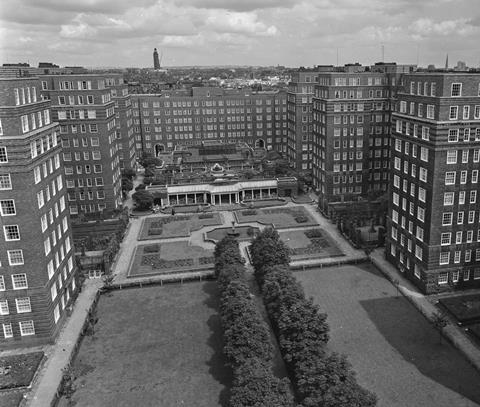










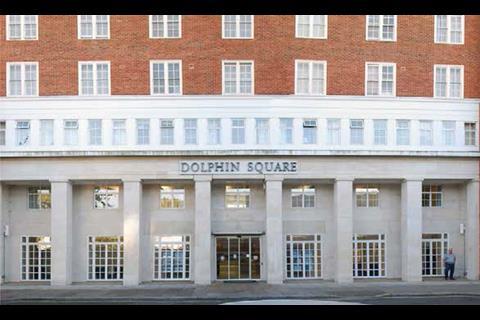
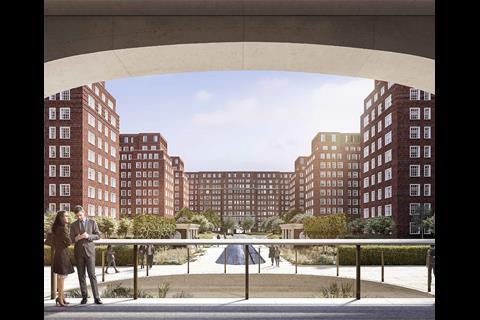
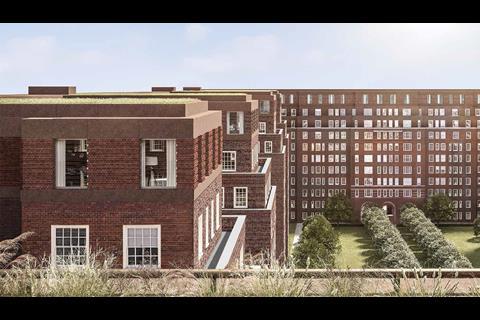
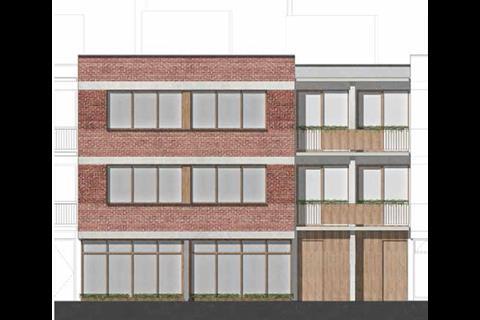



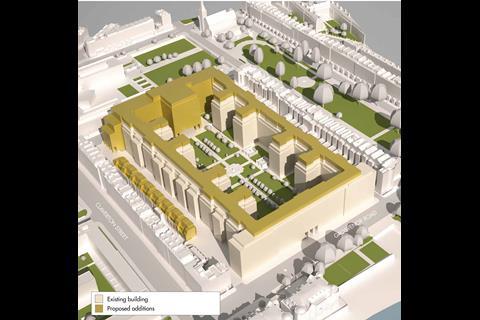
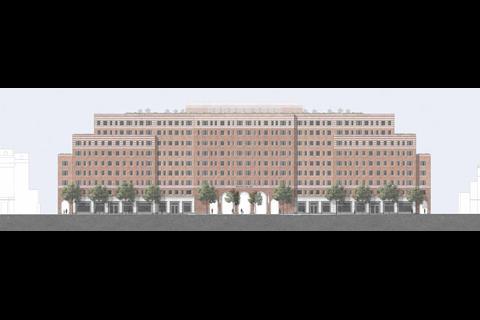
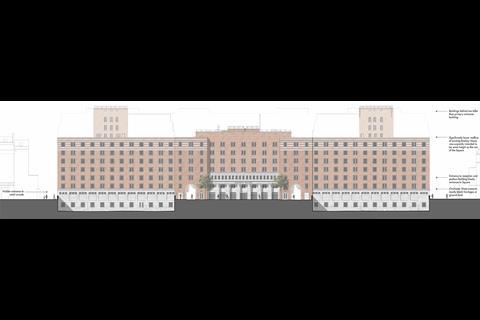
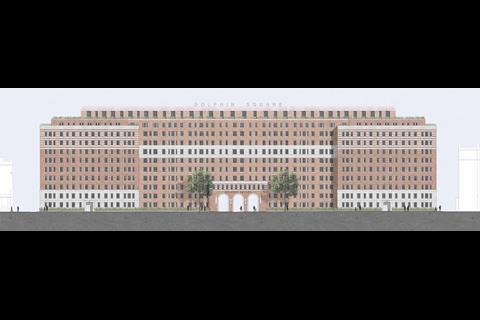
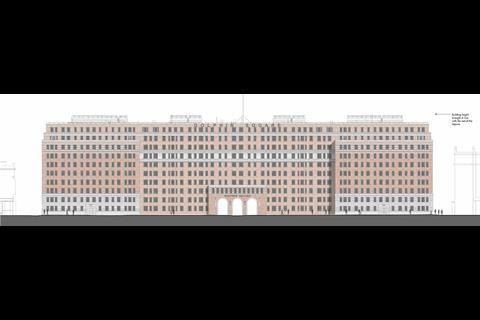
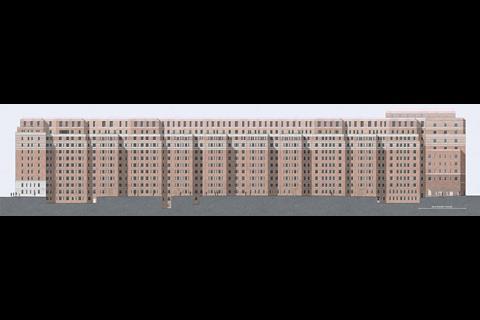
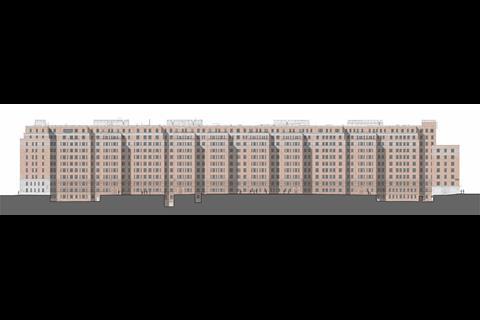
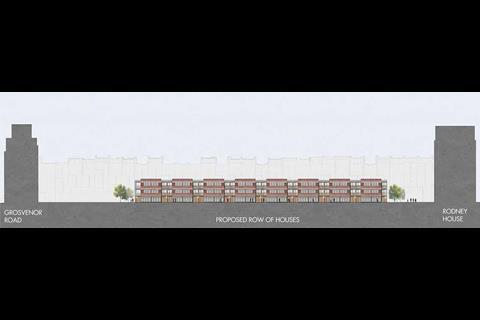
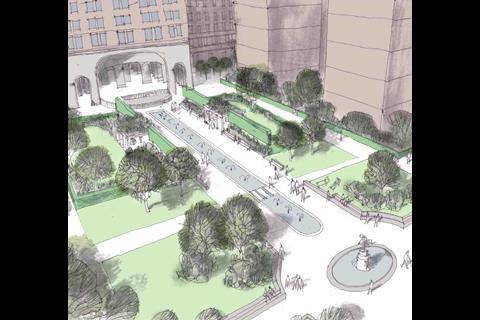
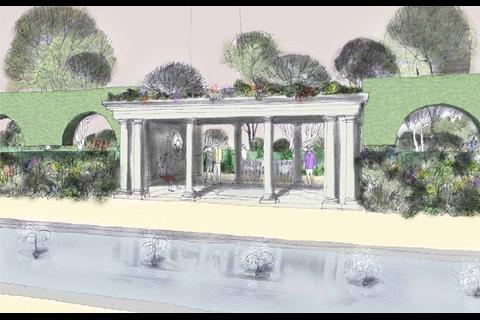





4 Readers' comments